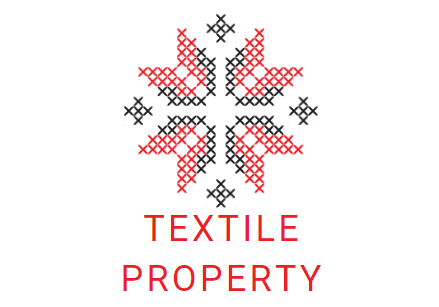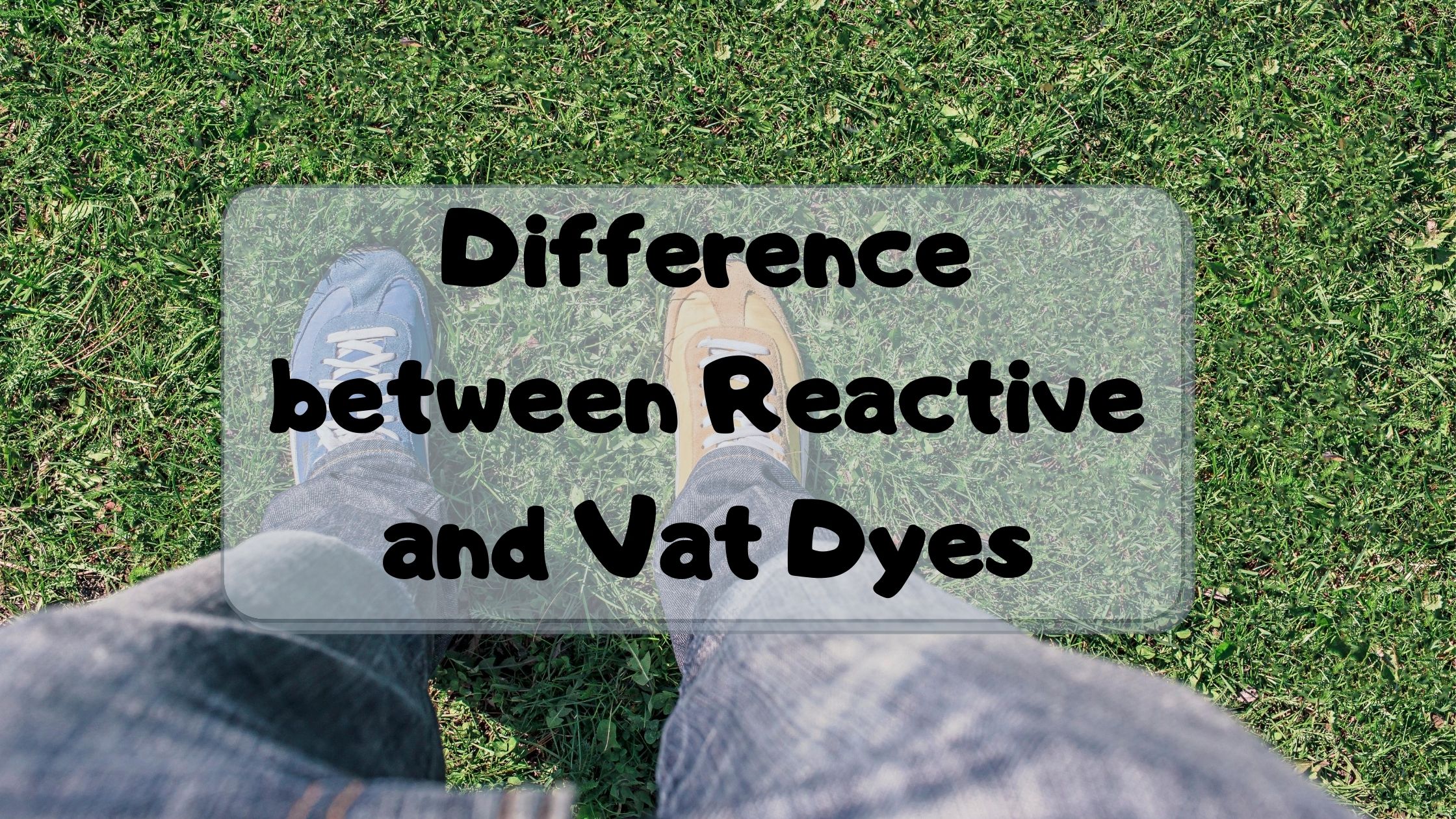Reactive dye and vat dye aren’t of the same dye class, right? Of course, we all know about it. So, there’s some crucial difference between reactive and vat dyes. Before finding out the difference between reactive and vat dyes, let’s know the basics of these two dyes.
Let’s get started….
Reactive Dye
Reactive dye is an anionic dye that is soluble in water. It has a reactive group in it that reacts with the fiber and makes a covalent bond with it. Thus it becomes an integral part of the fiber. It is the youngest and most important dye class for cellulosic materials. For cellulosic materials, worldwide consumption of reactive dyes in the mid-1980s was about 10-12% whereas in Japan alone it represented about 40% of total dye consumption.
Now isn’t the question peeps through your mind that why this dye is so popular? The answer might be the properties of reactive dyes like high brilliancy at lower cost, a wide range of shades, ease of application and of course its reproducibility.
Let’s talk about its fastness properties. The lightfastness of reactive dye is very good with a rating of 6. Their wash fastness is also very good as they form a strong covalent bond with the fibers. These bonds let them tightly attached to the substrate. They have moderate rubbing fastness.
Procion, Cibacron, Remazol are the most commonly used commercial reactive dyes.
Cellulose as well as protein both the fibers can be dyed with reactive dye. For fixation, it requires an alkaline condition. Reactive dyeing method can be explained in three steps:
- Exhaustion
- Fixation
- Washing off
In practice, you will find out reactive dyeing carried out in discontinuous or semi-continuous processes in factory. But it is so simple to dye with reactive dye at home. So, if you want to know how to use reactive dye for dyeing your favorite outfit then click here.
You will find out different reactive dyes like hot brand, medium brand, cold brand. Again, alkali controllable dyes, salt controllable dyes or temperature controllable dyes, DCT, MCT, Vinylsulphone dyes. Pretty confusing right?
So, if you wanna know about the detailed classification of reactive dye then click here
Vat Dye
Vat dye is a water insoluble anionic dye. For the application of vat dye, the vatting process is required. In this process, vat dye is reduced by sodium hydrosulfite. After the dyeing procedure, it is oxidized to convert to its mother form or you can say the original insoluble form.
So, dyeing with vat dye involves three steps:
- Vatting, a reduction process carried out with sodium hydrosulphite and caustic soda
- Dyeing, impregnation of substrate with the dissolved dye
- Oxidation to convert the dye into its original pigment form.
This dyeing procedure is also carried out at alkaline medium like reactive dyeing. Vat dyes have excellent all round fastness properties that can’t be achieved by the other dye class. They are ideal for colored woven goods such as handkerchiefs, shirtings, and toweling.
This dye is easily reducible. So, when it undergoes washing at boil under alkaline conditions, it may show poor fastness properties. Otherwise, it has very excellent fastness properties.
11 Difference Between Reactive and Vat Dyes
| Topic | Reactive dye | Vat dye |
| MECHANISM | Covalent Bond Formation. Good Affinity for the Cellulosic Fibers. Smaller Molecule Size. | Vatting Process: {Converting Water-Insoluble pigment into a Water-Soluble dye}. Redox Reaction occurs Reducing agent HYDROSE provides attraction for the fibers. Again the dye is converted into the insoluble form inside the fiber |
| SOLUBILITY | Easily Soluble in Water. Good Affinity for Water. Polar Nature. | In-Soluble in Water. Adding Reducing Agents to become Soluble. |
| CHARGEABILITY | Negatively Charged. Remove Negative Charge by Adding Salts, i.e. NaCl | Negatively Charged. Alkali is Used for Removing Charge. |
| SUBSTANTIVITY | Good Substantivity for the Fibers. High Degree of Fixation Efficiency. pH Range: 7 – 11 | Substantivity is good for Cellulosic Fibers. High Fixation because of Reducing Agents. pH Range : 12 – 15 |
| FASTNESS PROPERTIES | Washing: Good Rubbing: Moderate Lightening: Good Chemical: Stable Perspiration: Good | Washing: good Lightening: Good Crocking: Poor Chemicals: Average Perspiration: Good |
| APPLIANCES | They are Applied to Cellulosic, Protein and Polyamide Fibers; i.e. Cotton, Wool. | They are Applied to Cellulosic and Protein Fibers; i.e. Viscose Rayon, Wool. |
| COLOUR RANGE | Wide Range of Colors. Brighter Shades. All Colors are Achievable. | Large Range of Colors. Dark Shades Available. Major Colors: Indigo, Green and Black. |
| ENVIRONMENT BEHAVIOUR | Non-Environmental Friendly. Carcinogenic Dye. | Non-Environmental Friendly. Cancer Causing Dye |
| COST | U.S: 0.5 – 1.8 $/Kg. Cheap | U.S: 9.9 – 13.98 $/Kg Average |
| EASE OF PROCESS | Easy | Difficult |
| POPULARITY | Widely used for dyeing garments i.e. Ladies wear, Men’s wear, Kid’s wear | Widely used in dyeing jeans or denim |
The Last Though
Both the dyes have excellent dyeing properties. But for ease of use, reactive dye achieved the most popular and used extensively in our country.
Salma Hasin the author of this site completed her BSc. in Textile Engineering (Wet Processing Engineering). She wants to share her knowledge to help students in their studies and businessman & entrepreneurs in their businesses in making wise decisions fast.


want more information related to fixation of dyes
Thansk Salma, It’s amazing content and I believe will help me a lot on my semester.